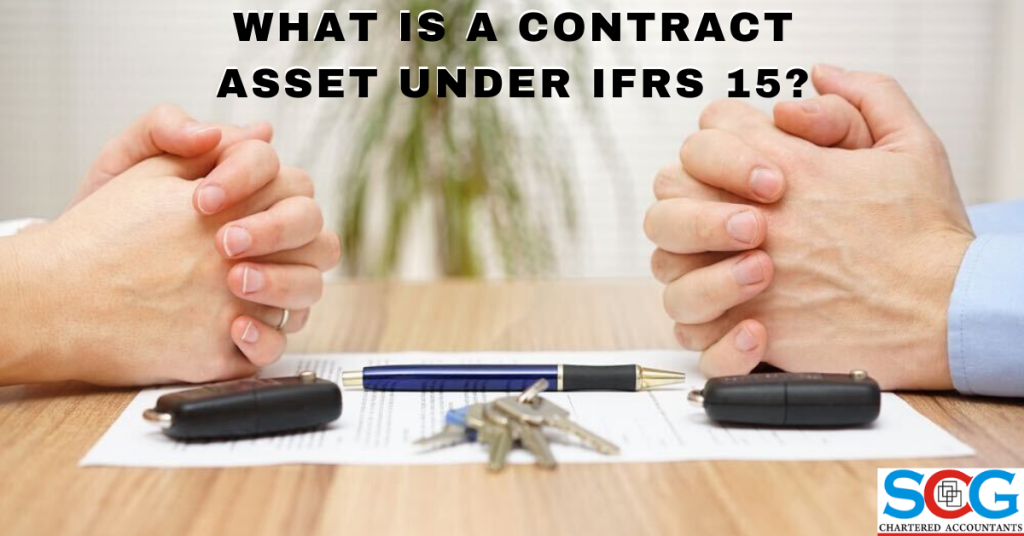IFRS 15 – Revenue from Contracts with Customers has been effective since 1st January, 2018. It introduced the five-step model to revenue recognition and created a new category of assets called “Contract Asset”.
In this article, we consider contract assets and show how they differ from a trade receivable.
Definition
A contract asset is defined in IFRS 15 as “an entity’s right to consideration in exchange for goods or services that the entity has transferred to a customer, when that right is conditioned on something other than the passage of time, for example, the entity’s future performance”.
In contrast, a trade receivable is an entity’s right to payment that is unconditional, except for the passage of time. The difference between contract assets and trade receivables is the conditionality attached to payment.
A Look at Conditionality
With a contract asset, the entity has the right to payment. However, this right to payment is subject to the entity’s future performance of an obligation.
Assume for example that you are a supplier and you have performed or delivered part of the services or goods as agreed, but under the contract you still have some services to perform before you can bill the client.
The asset created from partial performance is a contract asset. When you perform or deliver all the services or goods under the contract and bill the client, then this becomes a trade receivable.
Let us use a simple example to show the difference.
B has a contract to deliver 50 laptops at a selling price of GHS 4,000 per laptop. As part of the contract agreement, B must deliver 40 laptops in 2018 and the remaining 10 laptops in 2019. The contract also states that B can only bill the client after delivering all the 50 laptops.B delivered the 40 laptops in 2018. How will B account for the transaction?
At the end of 2018, B has earned a revenue of GHS 160,000 (GHS 4,000 × 40) but B’s right to payment depends on delivering a further 10 laptops, so the related asset is a contract asset.
B records the following entries in 2018:
| DR (GHS) | CR (GHS) | |
| Contract asset | 160,000 | |
| Revenue | 160,000 |
In 2019 B delivered the remaining laptops and B now has an unconditional right to payment. After billing the client, B can recognize a trade receivable.
B will record the following entries in 2019
| DR (GHS) | CR (GHS) | |
| Account Receivable | 200,000 | |
| Contract Asset | 160,000 | |
| Revenue | 40,000 |
To sum up, a contract asset differs from a trade receivable and the difference is because of the ‘conditionality’ of payment.
For more blogs and information please follow SCG Chartered Accountants on Facebook, Twitter, Youtube and LinkedIn.

